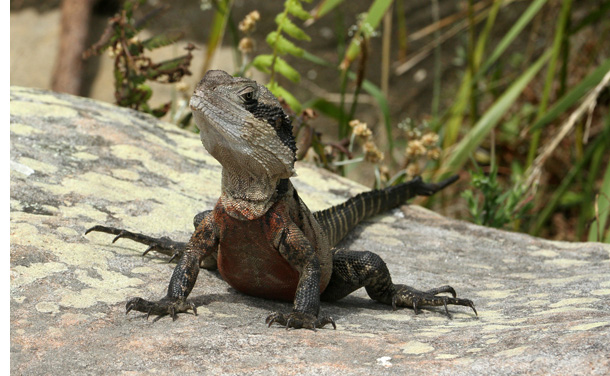

Sensor size is a far better indication of image quality than is resolution, ie the pixel count. There is little point in squeezing more pixels out of a small sensor.
I think that sensor size makes a big difference at the low end, ie in compact cameras, whereas once you get to APSC, the benefits of going larger are not so obvious. I own two compact cameras. My Olympus TG6 has a 6.1 x 4.6 mm sensor, giving visibly poorer quality than my Panasonic LX100, whose sensor is 18 x 14 mm, ie 9 times larger. My Canon 7D DSLR has an APSC sensor, ie 25 x 17 mm. If you want a quality pocket camera then I suggest you go for a sensor at least 13.2 x 8.8 mm (ie "one inch"). Another factor to bear in mind is that because sensor technology is still improving, the later the camera design the better.
If you are considering buying a high-end camera, such as a DSLR or mirrorless camera, you need to decide whether to go for full frame (FF) or a cropped sensor, such as APSC.
The principal differences between Full Frame and APSC cameras are:
1) The FF sensor is 2.5 times larger than APSC, ie it has bigger pixels, theoretically giving better image quality.
2) FF cameras are aimed at professionals and hence are more sophisticated, expensive and usually bigger and heavier. There are more lenses available for APSC cameras than for FF, as all FF lenses can be used on APSC but not vice versa.
3) An important advantage of FF is better high ISO performance. At low ISO there is little difference in image quality.
4) Dynamic range is better on FF due to the larger photo sites.
5) The crop factor is a big advantage for telephoto, as a 300mm Canon lens becomes a 480mm on a crop camera. One always wants more zoom! There is no advantage to FF at the wide end because there are very short focal length lenses made for APSC.
6) Depth of field is less on FF. F4 on FF is like F2.8 on APSC. This is an advantage for portraits but a disadvantage for macro and landscape.
The above points are a summary of three articles I read on the subject. In my own tests of two DSLRs, the Canon 5D (FF) vs the Canon 7D (APSC), I found that high ISO performance was a lot better on the 5D, but that I did not get better image quality at low ISO. My bird shoot with the 5D was disappointing - I have done better with the 7D, and not just because the birds looked larger on the 7D. However, I think the 5D was quicker to focus than the 7D.
My conclusion is that I do not need an FF camera. The extra telephoto reach of APSC is by far the most important factor for me. To get the same reach on FF, I'd need a 500mm lens, weighing 4 kg. If you are considering buying a DSLR, you should weigh up which of the above factors are important to you.